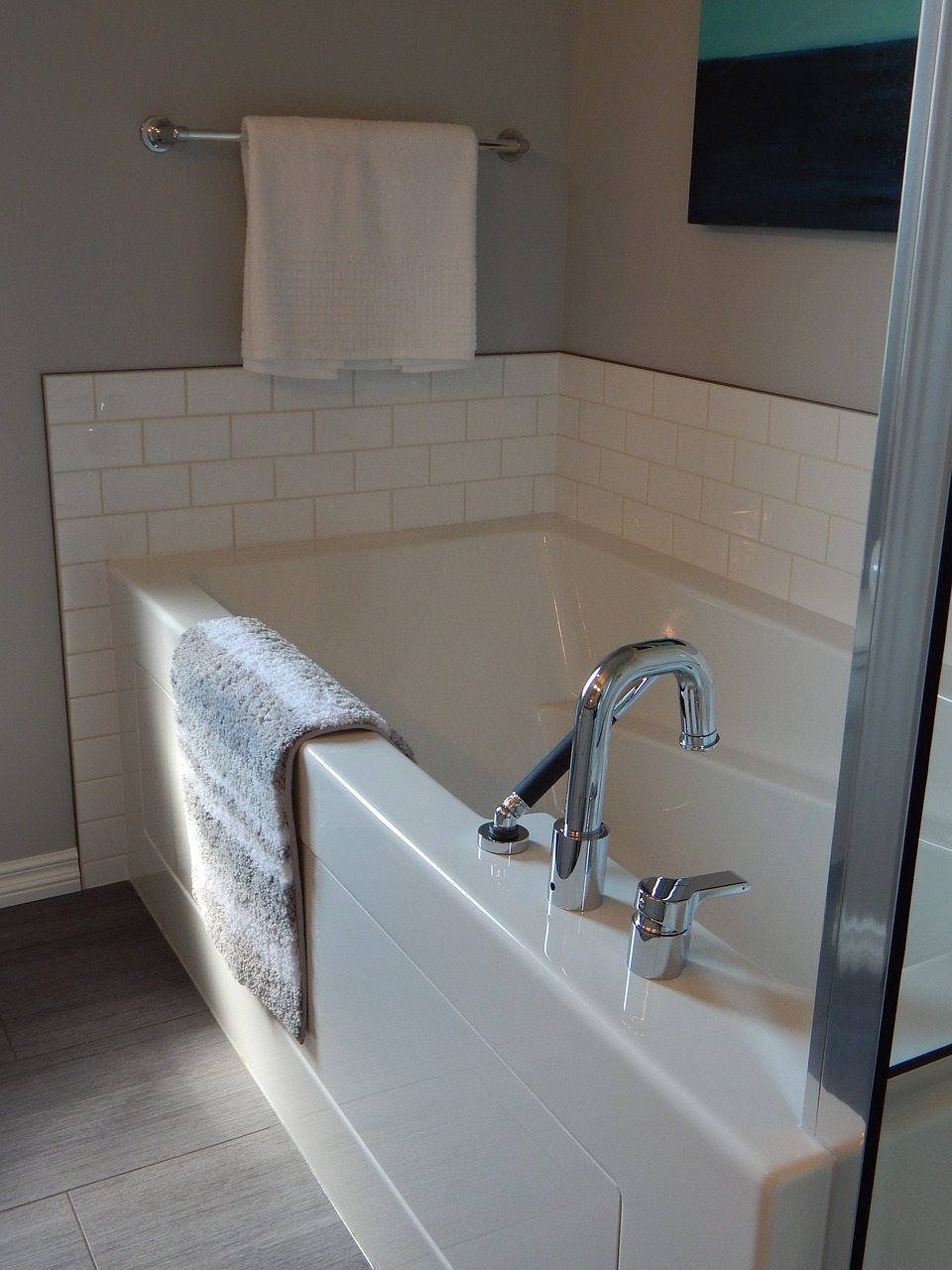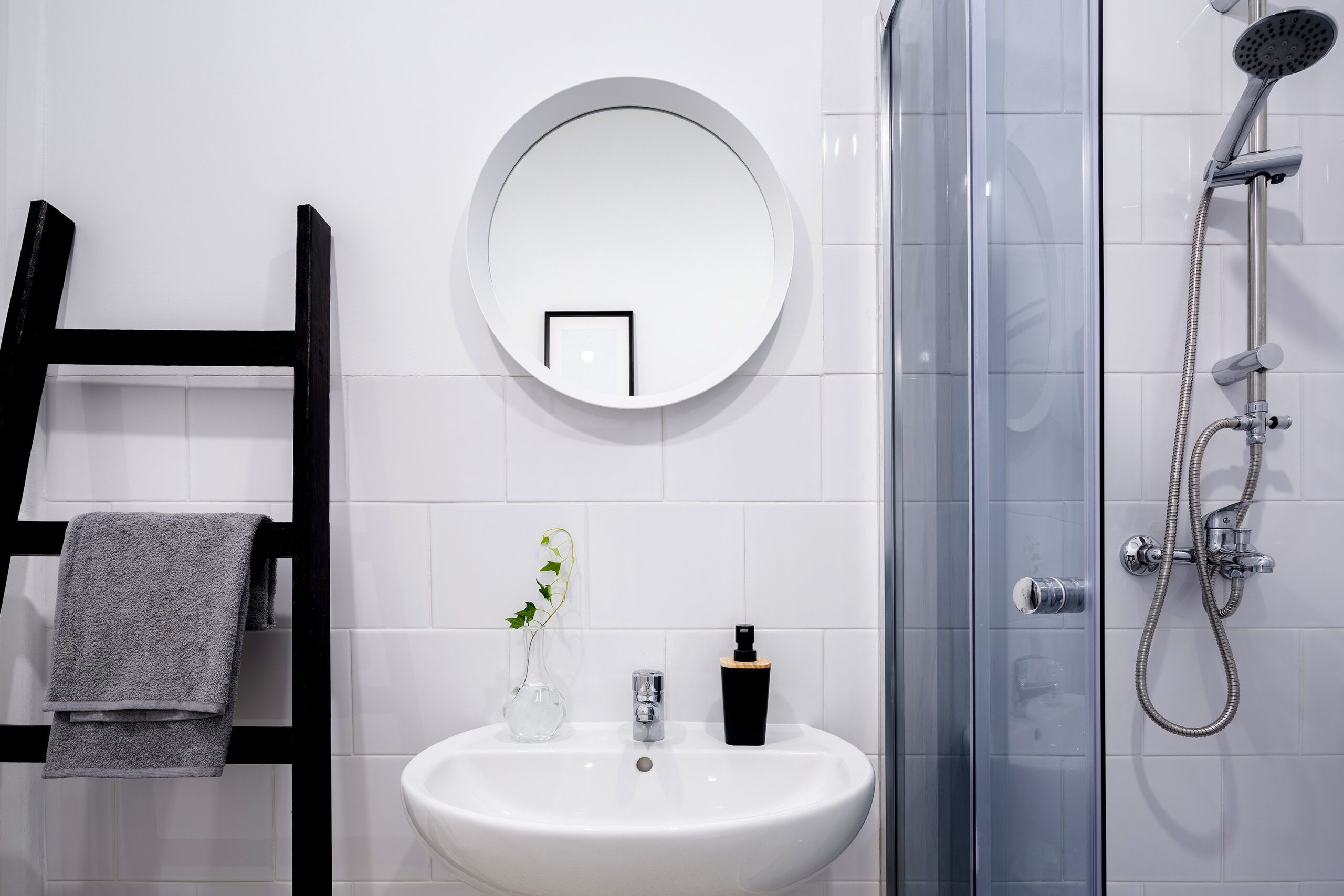Handling Your New Home's Bathroom Plumbing: Top Guidelines
Handling Your New Home's Bathroom Plumbing: Top Guidelines
Blog Article
They are making several great observations about Plumbing Tips for New Homeowners overall in this content down below.

For new house owners, understanding and preserving restroom plumbing can conserve both time and money by stopping costly problems down the line. Below are some essential washroom plumbing suggestions to assist you keep every little thing running smoothly.
Acquaint Yourself with the Key Shut-Off Valve
Understanding where the main water shut-off valve lies in your home is crucial. This permits you to rapidly switch off the water in case of significant leakages or during pipes emergency situations, stopping extensive water damage.
Consistently Examine for Leakages
Tiny leakages can lead to large issues. Consistently examine under sinks, around bathrooms, and near plumbing fixtures for any indications of leakages. Try to find dampness, small drips, or rust. Catching and fixing leaks early can protect against a lot more serious damage and conserve water.
Don't Disregard Slow Drains
If your sink or bath tub is draining slowly, it's often a sign of an obstruction forming. Addressing this early can protect against a total clog. Make use of a plunger or a plumbing technician's snake to clean out debris. Stay clear of using chemical drainpipe cleaners as they can harm your pipelines in time.
Know What Not to Flush
Commodes are not garbage disposals. Prevent flushing anything apart from toilet tissue and human waste. Items like wipes, feminine health items, and cotton bud need to be taken care of in the garbage to prevent clogs and drain backups.
Set Up Strainers in Drains
Location strainers in your sink and bathtub drains to catch hair and various other debris before they enter your pipes system. Cleaning the filters frequently will aid avoid build-up and keep water streaming easily.
Maintain Your Water Heater
Guarantee your hot water heater is set to a proper temperature (usually about 120 levels Fahrenheit) to avoid hot and lower energy use. Flush the container annually to remove sediment accumulation, which can decrease the efficiency and lifespan of your heater.
Update Your Components
If your home has older components, think about upgrading to a lot more reliable models. Modern commodes, showerheads, and faucets are made to utilize much less water while providing great pressure, which can considerably minimize your water expense and environmental footprint.
Be Cautious with DIY Pipes Repair Works
While it's appealing to manage all home repair work on your own, be cautious with pipes. Some concerns may call for professional competence, specifically if they entail main water lines or drain repair work. Hiring a specialist can sometimes be more cost-efficient than do it yourself, especially if it stops further damage.
Get Ready For Cold Weather
Secure your pipelines from freezing during cold weather by insulating pipes in unheated areas like cellars, attic rooms, and garages. During extreme chilly, allow cold water drip from faucets served by exposed pipes to help protect against freezing.
Schedule Regular Upkeep
Consider organizing annual evaluations with a certified plumber. They can find concerns that you could miss, such as concealed leakages or wear and tear on pipes and components. Routine maintenance aids prolong the life of your plumbing system and can prevent emergencies.
Conclusion
Comprehending and preserving your home's washroom pipes can stop several common problems. By complying with these necessary ideas, you can ensure your bathroom continues to be practical and efficient, conserving you time and money in the future.
Essential Plumbing Tips for Homeowners: Keep Your Pipes Flowing Smoothly
As a homeowner, understanding the basics of your plumbing system can save you time, money, and a lot of headaches. Plumbing issues can range from minor annoyances like dripping faucets to major problems like burst pipes that cause significant damage. This guide provides essential tips to help you maintain your plumbing system and tackle common issues.
Understanding Your Plumbing System
Supply System: Brings fresh water into your home from a municipal source or a well. Drain-Waste-Vent System: Removes wastewater and vents sewer gases outside. Fixtures and Appliances: Includes sinks, toilets, showers, dishwashers, and washing machines. Basic Maintenance Tips
Regular Inspections: Periodically check for leaks, corrosion, and other signs of wear and tear. Look under sinks, around toilets, and near water heaters. Know Your Main Shut-Off Valve: In case of a major leak, you’ll need to shut off the water quickly. Ensure everyone in your household knows where the main shut-off valve is located. Prevent Frozen Pipes: In cold climates, insulate exposed pipes and let faucets drip during extreme cold to prevent freezing. Use Strainers: Install strainers in sinks and tubs to catch hair, food particles, and other debris that can cause clogs. Common Plumbing Issues and Solutions
Clogged Drains:
Prevention: Avoid pouring grease down the drain and use drain screens to catch debris. DIY Fix: Use a plunger or a plumbing snake to clear minor clogs. For stubborn clogs, a mixture of baking soda and vinegar can sometimes help. Leaky Faucets:
Prevention: Replace washers and seals regularly. DIY Fix: Turn off the water supply, disassemble the faucet, and replace worn parts.

Call Report this page